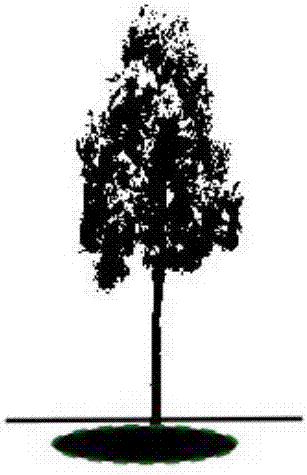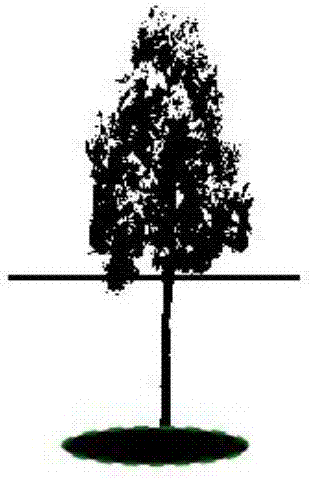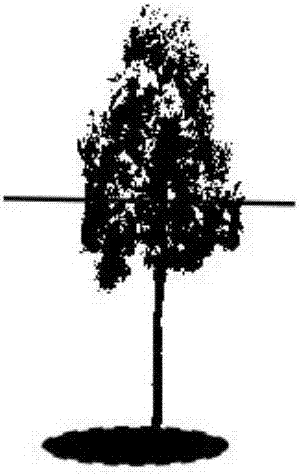Method using stumping to regenerate and rejuvenate degenerated Elaeagnus angustifolia forest
A technology for leveling stubble and jujube is applied in the field of regeneration and rejuvenation of degraded jujube forest, which can solve problems such as threats to the survival and development of oasis in production and life, sparse distribution of branches, and limitation of natural regeneration of jujube, so as to promote the health and stability of jujube forest. Development, mitigation of excessive water consumption, and promotion of sustainable use
- Summary
- Abstract
- Description
- Claims
- Application Information
AI Technical Summary
Problems solved by technology
Method used
Image
Examples
Embodiment Construction
[0027] Specific embodiments of the present invention will be described in detail below.
[0028] A method for regenerating and rejuvenating a degraded Elaeagnus sativa plantation, comprising:
[0029] (1), stubble object:
[0030] Select the degraded Elaeagnus argyi farmland shelterbelt, and randomly and continuously select 20 Elaeoptera erae sample plants in each forest belt;
[0031] (2), time and method of stubble
[0032] During the dormancy period of the Elaeagnus sativa sample plants, 3 / 4 stubble treatment was carried out on the Elaeagnus sativa sample plants in the forest belt;
[0033] (3), stubble treatment method
[0034] In order to prevent water loss, the stubble should be treated with soil covering immediately after leveling;
[0035] (4), tending management after stubble:
[0036] Clean up the branches after the stubble in time, adopt conventional enclosure management measures for the stubble area, and strictly prohibit human damage and livestock gnawing and...
PUM
 Login to View More
Login to View More Abstract
Description
Claims
Application Information
 Login to View More
Login to View More - R&D Engineer
- R&D Manager
- IP Professional
- Industry Leading Data Capabilities
- Powerful AI technology
- Patent DNA Extraction
Browse by: Latest US Patents, China's latest patents, Technical Efficacy Thesaurus, Application Domain, Technology Topic, Popular Technical Reports.
© 2024 PatSnap. All rights reserved.Legal|Privacy policy|Modern Slavery Act Transparency Statement|Sitemap|About US| Contact US: help@patsnap.com










